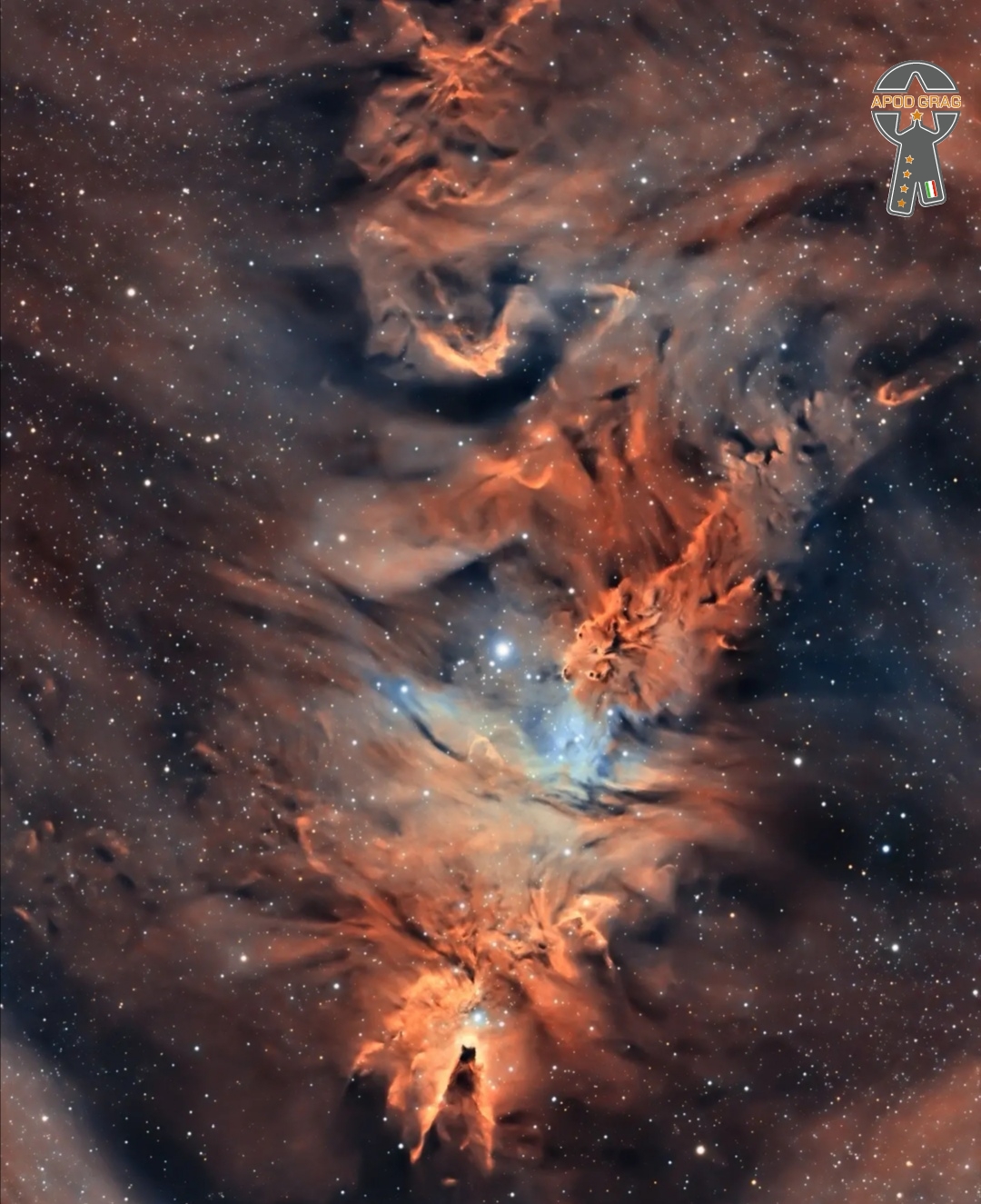Blog
Matthew Tyler Murphy (December 29, 1929 – June 15, 2018), known as Matt “Guitar” Murphy, was an American blues guitarist. He was associated with Memphis Slim, The Blues Brothers and Howlin’ Wolf.
Murphy was born in Sunflower, Mississippi, and was educated in Memphis, Tennessee, where his father worked at the Peabody Hotel. Murphy learned to play guitar when he was a child.
In 1948, Murphy moved to Chicago, where he joined the Howlin’ Wolf Band, which at the time featured Little Junior Parker. In 1952, Murphy recorded with Little Junior Parker and Ike Turner, resulting in the release, “You’re My Angel”/“Bad Women, Bad Whiskey”(Modern 864), credited to Little Junior Parker and the Blue Flames.
Murphy worked often with Memphis Slim, including on his debut album At the Gate of Horn (1959). Murphy recorded two albums and many singles with Chuck Berry and was also featured in works by Koko Taylor, Sonny Boy Williamson II, Buddy Guy, Etta James, and Otis Rush. He also performed with Willie Dixon. Freddie King is said to have once admitted that he based his “Hide Away” (1960) on Murphy’s playing.
more...Joseph Salvatore Lovano (born December 29, 1952) is an American jazz saxophonist, alto clarinetist, flautist, and drummer. He has earned a Grammy Award and several mentions on Down Beat magazine’s critics’ and readers’ polls. He is married to jazz singer Judi Silvano with whom he records and performs. Lovano was a longtime member of a trio led by drummer Paul Motian.
Lovano was born in Cleveland, Ohio, United States, to Sicilian-American parents; his father was the tenor saxophonist Tony (“Big T”) Lovano.His father’s family came from Alcara Li Fusi in Sicily, and his mother’s family came from Cesarò, also in Sicily. In Cleveland, Lovano’s father exposed him to jazz throughout his early life, teaching him the standards, as well as how to lead a gig, pace a set, and be versatile enough to find work. Lovano started on alto saxophone at age six and switched to tenor saxophone five years later. John Coltrane, Dizzy Gillespie, and Sonny Stitt were among his earlier influences. After graduating from Euclid High School in 1971, he went to Berklee College of Music, where he studied under Herb Pomeroyand Gary Burton. Lovano received an honorary doctor of music degree from the college in 1998.
more...Pictured as a star forming region and cataloged as NGC 2264, the complex jumble of cosmic gas and dust is about 2,700 light-years distant and mixes reddish emission nebulae excited by energetic light from newborn stars with dark interstellar dust clouds. Where the otherwise obscuring dust clouds lie close to the hot, young stars they also reflect starlight, forming blue reflection nebulae. The telescopic image spans about 3/4 degree or nearly 1.5 full moons, covering 40 light-years at the distance of NGC 2264. Its cast of cosmic characters includes the Fox Fur Nebula, S-Monocerotis star visible just above the Fox Fur, and the Cone Nebula Given their distribution, the stars of NGC 2264 are also known as the Christmas Tree star cluster.
To obtain this image i have accumulated 14 hours. That used H-alpha filter 44 shots, OIII 14 shots, and SII 24 shots of 10 minutes each filter.

Michel Petrucciani (French pronunciation: [miʃɛl petʁutʃani]; Italian: [petrutˈtʃaːni]; 28 December 1962 – 6 January 1999) was a French jazz pianist. From birth he had osteogenesis imperfecta, a genetic disease that causes brittle bones and, in his case, short stature. He became one of the most accomplished jazz pianists of his generation despite his health condition.
Michel Petrucciani came from an Italo-French family (his grandfather was from Naples) with a musical background. His father Tony played guitar, his brother Louis played bass, and his brother Philippe also plays the guitar. Michel was born with osteogenesis imperfecta, which is a genetic disease that causes brittle bones and, in his case, short stature. It is also often linked to pulmonary ailments. The disease caused his bones to fracture over 100 times before he reached adolescence and kept him in pain throughout his entire life. “I have pain all the time. I’m used to having hurt arms,” he said. In Michel’s early career, his father and brother occasionally carried him because he could not walk far on his own unaided. In certain respects he considered his disability an advantage, as he got rid of distractions like sports that other boys tended to become involved in. And he hints that his disability was helpful in other parts of his life. He said: “Sometimes I think someone upstairs saved me from being ordinary.
more...Charles Neville (December 28, 1938 – April 26, 2018) was an American R&B and jazz musician best known as part of The Neville Brothers. Known onstage as “Charlie the horn man”, his saxophone playing helped earn the group a Grammy Award for best pop instrumental performance.
The second oldest of the four Neville brothers, Charles Neville was born in New Orleans on December 28, 1938 to Arthur Lanon Neville Sr. and Amelia (Landry) Neville and was raised in the Calliope housing project with his musical brothers, Art, Aaron, and Cyril. Their uncle, George “Big Chief Jolly” Landry, was lead singer of the Mardi Gras Indian group The Wild Tchoupitoulas. Charles left home when he was 15 to play saxophone with the Rabbit’s Foot Minstrel Show. When back in New Orleans, he played in the house band at the Dew Drop Inn.
He served in the Navy from 1956 to 1958 and discovered the music scene on Beale Street while stationed in Memphis, Tennessee, later touring with B.B. King and Bobby (Blue) Bland.
more...Edmund Leonard Thigpen (December 28, 1930 – January 13, 2010) was an American jazz drummer, best known for his work with the Oscar Peterson trio from 1959 to 1965. Thigpen also performed with the Billy Taylor trio from 1956 to 1959.
Born in Chicago, Illinois, United States, Thigpen was raised in Los Angeles, California, and attended Thomas Jefferson High School, where Art Farmer, Dexter Gordon and Chico Hamilton also attended. After majoring in sociology at Los Angeles City College, Thigpen returned to East St. Louis for one year to pursue music while living with his father who had been playing with Andy Kirk‘s Clouds of Joy. His father, Ben Thigpen, was a drummer who played with Andy Kirk for sixteen years during the 1930s and 1940s.
Thigpen first worked professionally in New York City with the Cootie Williams orchestra from 1951 to 1952 at the Savoy Ballroom. During this time he played with musicians such as Dinah Washington, Gil Mellé, Oscar Pettiford, Eddie Vinson, Paul Quinichette, Ernie Wilkins, Charlie Rouse, Lennie Tristano, Jutta Hipp, Johnny Hodges, Dorothy Ashby, Bud Powell, and Billy Taylor.
https://www.youtube.com/watch?v=LMjJITMQvcM
more...Earl Kenneth Hines, also known as Earl “Fatha“ Hines (December 28, 1903 – April 22, 1983 Duquesne, Pennsylvania), was an American jazz pianist and bandleader. He was one of the most influential figures in the development of jazz piano and, according to one source, “one of a small number of pianists whose playing shaped the history of jazz”.
The trumpeter Dizzy Gillespie (a member of Hines’s big band, along with Charlie Parker) wrote, “The piano is the basis of modern harmony. This little guy came out of Chicago, Earl Hines. He changed the style of the piano. You can find the roots of Bud Powell, Herbie Hancock, all the guys who came after that. If it hadn’t been for Earl Hines blazing the path for the next generation to come, it’s no telling where or how they would be playing now. There were individual variations but the style of … the modern piano came from Earl Hines.”
The pianist Lennie Tristano said, “Earl Hines is the only one of us capable of creating real jazz and real swing when playing all alone.” Horace Silversaid, “He has a completely unique style. No one can get that sound, no other pianist”. Erroll Garner said, “When you talk about greatness, you talk about Art Tatum and Earl Hines”.
Count Basie said that Hines was “the greatest piano player in the world.
more...The lonely spiral galaxy UGC 9391 is shown in this image from the NASA/ESA Hubble Space Telescope’s Wide Field Camera 3. This galaxy resides 130 million light-years from Earth in the constellation Draco near the north celestial pole. The star-studded spiral arms stand in splendid isolation against a backdrop of distant galaxies, which are only visible as indistinct swirls or smudges thanks to their vast distances from Earth. The image also features some much brighter foreground stars closer to home. These bright nearby stars are ringed with diffraction spikes — prominent spikes caused by light interacting with the inner workings of Hubble’s complicated optics. This image is from a set of Hubble observations which astronomers used to construct the “Cosmic Distance Ladder” — a set of connected measurements allowing the distances to the most distant astronomical objects to be determined. Astronomical distances are only directly measurable for relatively nearby objects — closer than 3000 light-years or so. For distances beyond this, astronomers rely on a set of measured correlations calibrated against nearby objects. UGC 9391 helped astronomers improve their distance estimates by providing a natural laboratory in which to compare two measuring techniques — supernova explosions and Cepheid variables. Improving the precision of distance measurements helps astronomers quantify how quickly the Universe is expanding — one of Hubble’s key science goals.

Tracy Nelson (born December 27, 1944) is an American country and blues singer. She has been involved in the recording of over 20 albums in her recording career, which started in 1965.
Nelson was born and grew up in Madison, Wisconsin, United States. There, she first learned about R&B music from nighttime listening to WLACradio from Nashville, Tennessee. In her teens, Nelson sang folk music in coffeehouses and with The Fuller-Wood Singers group, and was lead singer in The Fabulous Imitations band. She attended the University of Wisconsin as a social science major.
more...Thelonious Sphere “T. S.” Monk III (born December 27, 1949) is an American jazz drummer, composer and bandleader. He is the son of jazz pianist Thelonious Monk.
Born in New York City, he began his music career early in his life, honing his skills throughout the 1970s. Monk’s destiny was sealed when Art Blakey gave him his first drum set at the age of 15, and began lessons with Max Roach. After earning a reputation in school as a rabble-rouser (and graduating), the young Monk joined his father’s trio and toured with his dad until the elder Monk’s retirement in 1975. Monk then launched into the music that had captivated him and his generation, R&B. He first toured with a group called Natural Essence and afterward, along with his sister Barbara, formed his own band.
By the dawning of the 1980s, he had formed his eponymous band, which featured him on drums and occasional lead vocals. The group’s début album, 1980’s House of Music, featured several hits that placed on the Billboard R&B chart, including “Bon Bon Vie (Gimme the Good Life)“, which featured Monk on lead vocals, and “Candidate for Love”. The tracks peaked at No. 63 and No. 58 respectively, in the UK Singles Chart. The band went on to release two more albums throughout the early 1980s, though singles released from these albums did not fare as well as those on the début. The band broke up shortly thereafter.
more...Johnny Frigo (December 27, 1916 – July 4, 2007) was an American jazz violinist and bassist. He appeared in the 1940s as a violinist before working as a bassist. He returned to the violin in the 1980s and enjoyed a comeback, recording several albums as a leader.
Frigo was born in Chicago and studied violin for three years beginning at age seven. In high school he started to play double bass in dance orchestras. In 1942 he played with Chico Marx‘s orchestra and performed a comedy routine on violin with Marx on piano. He entered the United States Coast Guard during World War II and played in a band on Ellis Island with Al Haig and Kai Winding.
After a brief turn at active service near the end of the war he moved to New Jersey. He toured with Jimmy Dorsey‘s band from 1945 to 1947, later forming the Soft Winds trio with Dorsey’s guitarist Herb Ellis and pianist Lou Carter. During this time he wrote the music and lyrics to “Detour Ahead”,which has been recorded by Billie Holiday, Sarah Vaughan, Ella Fitzgerald, Bill Evans, and Carola. During that time, he also wrote the sardonic swing tune “I Told Ya I Love Ya, Now Get Out” which was recorded by June Christy and the Stan Kenton Orchestra. Chicago jazz vocalist Erin McDougaldrecorded the song 50 years later on her album The Auburn Collection (2004).
more...Dardanelle Breckenbridge or Breckenridge (December 27, 1917 – August 8, 1997), was an American jazz musician known for performing with Lionel Hampton in the 1940s, and later as a solo artist under the name Dardanelle.
Dardanelle was a talented pianist, vibraphonist, and singer who was raised in a musical family. She studied music at Louisiana State University, holding a major, and worked as a house pianist at a local radio station. By the late 1930s she started to appear professionally on the national jazz scene. During the 1940s she led her own Dardanelle Trio, with various collaboraters, initially with bassist Paul Edenfield and guitarist Tal Farlow. The trio recorded much music and became a regular fixture at New York’s Copacabana. During this time she was featured in the 1946 short theatrical musical “Soundies Presents Happy Cat” directed by William Forest Crouch and distributed by RCA Records. By the 1950s Dardanelle moved to Chicago and paused music in favour of raising a family.
more...There’s a big new telescope in space. This one, the James Webb Space Telescope (JWST), not only has a mirror over five times larger than Hubble‘s in area, but can see better in infrared light. The featured picture shows JWST high above the Earth just after being released by the upper stage of an Ariane V rocket, launched yesterday from French Guiana. Over the next month, JWST will move out near the Sun-Earth L2 point where it will co-orbit the Sun with the Earth. During this time and for the next five months, JWST will unravel its segmented mirror and an array of sophisticated scientific instruments — and test them. If all goes well, JWST will start examining galaxies across the universe and planets orbiting stars across our Milky Way Galaxy in the summer of 2022.

John Scofield (born December 26, 1951), sometimes referred to as “Sco”, is an American jazz-rock guitarist and composer whose music includes bebop, jazz fusion, funk, blues, soul, and rock. He has worked with Miles Davis, Eddie Harris, Dave Liebman, Joe Henderson, Charles Mingus, Joey DeFrancesco, Herbie Hancock, Eddie Palmieri, Pat Metheny, Bill Frisell, Joe Lovano, Pat Martino, Mavis Staples, Phil Lesh, Billy Cobham, Medeski Martin & Wood, George Duke, Jaco Pastorius, John Mayer, Robert Glasper, and Gov’t Mule.
Scofield’s family left Ohio and moved to Wilton, Connecticut, where he discovered his interest in music. Educated at the Berklee College of Music, Scofield left school to record with Chet Baker and Gerry Mulligan. He joined the Billy Cobham/George Duke Band soon after and spent two years playing, recording, and touring with them. He recorded with Charles Mingus in 1976 and replaced Pat Metheny in Gary Burton‘s quartet.
more...More Posts
- The Cosmos with IRAS 23166+1655
- Jaimoe Day
- Louis Jordan Day
- World Music with Kálmán Balogh
- Daily Roots with Johnny Clarke
- The Cosmos with NGC 1976
- Joe Zawinul Day
- Hank Mobley Day
- World Music with Russom G
- Daily Roots with Adele
- The Cosmos with Sh2-155
- Michael Shrieve Day
- Louis Bellson Day
- World Music with David Cerreduela
- Daily Roots with Amy Winehouse
- BEAU KOO JACKS 7-5-18
- The Cosmos with NGC 1032
- Robbie Robertson Day
- Smiley Lewis Day
- World Music with Aladár Csiszár